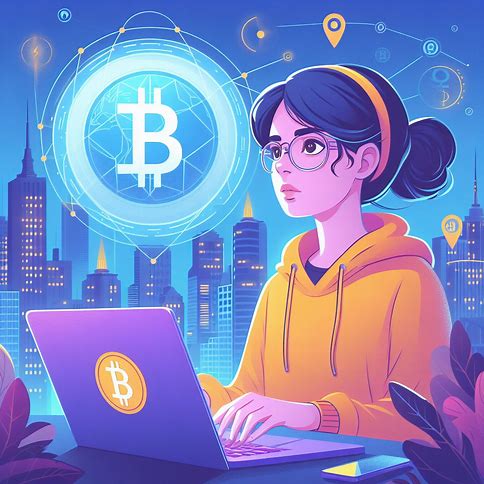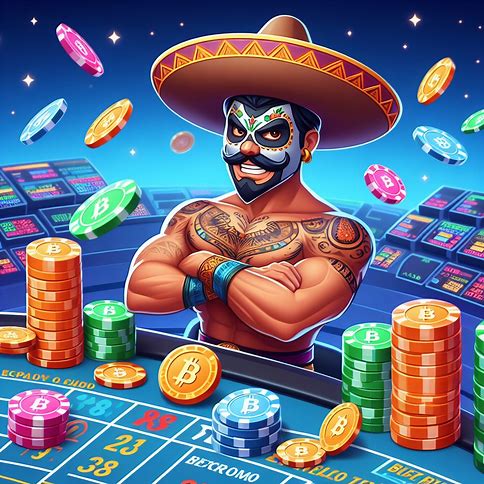You’re at your favorite coffee shop, ready to indulge in a well-deserved treat. As you approach the counter, you reach for your wallet, only to realize you’ve left your cash and cards at home.
Panic sets in, but then you remember – you have Bitcoin! You whip out your phone, scan the QR code, and woah! Your coffee is paid for, and you’re ready to tackle the day. But wait, is it really that simple? Using Bitcoin for everyday payments has been a topic of much debate and confusion. However, in this blog post, we’ll gain insight on some of the most common misconceptions surrounding Bitcoin payments and shed light on the truth behind this digital currency.
So let’s get started.
Common Misconceptions About Using Bitcoin for Payments

Misconception #1: Bitcoin transactions are anonymous
One of the most pervasive myths about Bitcoin is that it offers complete anonymity.
While it’s true that Bitcoin transactions don’t require you to provide personal information like your name or address, every transaction is recorded on a public ledger called the blockchain.
This means that while your identity may not be immediately apparent, your transactions can still be traced back to you with enough effort.
It’s crucial for you to understand that Bitcoin is pseudonymous, not anonymous.
Misconception #2: Bitcoin transactions are instant
Another common misconception is that Bitcoin transactions happen instantaneously.
In reality, Bitcoin transactions can take anywhere from a few minutes to several hours to be confirmed on the blockchain.
This is because each transaction needs to be verified by miners, who work to add new blocks to the chain. The more congested the network is, the longer it can take for your transaction to be processed.
While this may not be a dealbreaker for some, it’s important to keep in mind if you’re in a rush.
Misconception #3: Bitcoin is only used for illegal activities
Due to its pseudonymous nature and the fact that it’s not tied to any government or financial institution, Bitcoin has often been associated with illegal activities like drug trafficking and money laundering.
However, this is far from the truth. While it’s true that Bitcoin has been used for illicit purposes, the vast majority of transactions are completely legal. In fact, many legitimate businesses, from online retailers to brick-and-mortar shops, now accept Bitcoin as a form of payment.
Related Post: Best Bitcoin mining pools in 2024
Misconception #4: Bitcoin is too complicated for everyday use
For those who are new to the world of cryptocurrency, the idea of using Bitcoin for everyday purchases can seem daunting.
With terms like “wallets,” “private keys,” and “mining,” it’s easy to feel overwhelmed. However, using Bitcoin is actually much simpler than you might think. There are numerous easy to use wallets available that make sending and receiving Bitcoin easy.
Plus, with the rise of Bitcoin debit cards, you can now use your digital currency just like you would a traditional debit card.
Misconception #5: Bitcoin is a passing fad
Finally, there’s the notion that Bitcoin is simply a passing trend that will eventually fade away.
However, the reality is that Bitcoin has been around for over a decade now, and its popularity and acceptance continue to grow.
Major companies like Microsoft, AT&T, and Overstock.com now accept Bitcoin, and the number of businesses jumping on the bandwagon is increasing every day. While the value of Bitcoin can be volatile, the technology behind it – blockchain – has the potential to change industries far beyond finance.
Misconception #6: Bitcoin is not secure
Security is a top concern for many when it comes to digital transactions, and Bitcoin is no exception.
Some people believe that because Bitcoin is digital and not backed by a government or financial institution, it’s inherently less secure than traditional payment methods.
However, this couldn’t be further from the truth. Bitcoin transactions are secured by complex cryptography and are virtually impossible to counterfeit. Additionally, users have complete control over their funds and don’t have to worry about chargebacks or fraudulent transactions.
Misconception #7: Bitcoin is bad for the environment
Another common misconception about Bitcoin is that it’s environmentally unfriendly due to the high energy consumption of Bitcoin mining.
While it’s true that mining requires a significant amount of computational power and electricity, many mining operations are now turning to renewable energy sources to mitigate their environmental impact.
Furthermore, as the technology behind Bitcoin grows, we can expect to see more efficient and eco-friendly mining practices emerge.
Misconception #8: Bitcoin is only for tech-savvy individuals
There’s a pervasive belief that Bitcoin is only accessible to those with a deep understanding of technology and computer science.
However, as mentioned earlier, using Bitcoin is actually quite simple thanks to user-friendly wallets and payment platforms.
You don’t need to be a tech expert to buy, sell, or use Bitcoin for everyday transactions. With a little bit of research and practice, anyone can become comfortable with using digital currency.
Misconception #9: Bitcoin has no real-world value
Some skeptics argue that because Bitcoin isn’t backed by a physical commodity like gold, it has no real-world value.
Read Also: Are Cryptocurrency Trading Bots Worth It? Pros And Cons Revealed!
However, the value of Bitcoin, like any other currency, is determined by supply and demand in the market.
As more people adopt Bitcoin and more businesses accept it as payment, its value will likely continue to grow.
Additionally, Bitcoin’s decentralized nature and potential for global accessibility make it an attractive option for people in countries with unstable currencies or limited access to traditional banking systems.
Misconception #10: Bitcoin is a get-rich-quick scheme
Finally, there’s the misconception that investing in Bitcoin is a surefire way to get rich quickly.
While it’s true that some early adopters of Bitcoin have made substantial profits, the reality is that the value of Bitcoin can be highly volatile and unpredictable. Investing in Bitcoin should be approached with caution and as part of a diversified investment strategy.

Key Takeaways:
- Bitcoin transactions are pseudonymous, not completely anonymous.
- Bitcoin transactions are not instant and can take time to be confirmed on the blockchain.
- Bitcoin is used for many legitimate transactions, not just illegal activities.
- Using Bitcoin is simpler than it may seem, thanks to user-friendly wallets and payment platforms.
- Bitcoin has been around for over a decade and continues to grow in popularity and acceptance.
- Bitcoin transactions are secure and protected by complex cryptography.
- The environmental impact of Bitcoin mining is being addressed through renewable energy and more efficient practices.
- You don’t need to be a tech expert to use Bitcoin for everyday transactions.
- Bitcoin’s value is determined by market supply and demand, and its decentralized nature makes it attractive for global accessibility.
- Investing in Bitcoin should be approached cautiously and as part of a diversified investment strategy, not as a get-rich-quick scheme.
FAQs | Frequently Asked Questions
The following are some helpful frequently asked questions on Common Misconceptions About Using Bitcoin for Payments with their respective answers:
How do I get started with using Bitcoin for payments?
To start using Bitcoin for payments, you’ll need to set up a Bitcoin wallet. There are many user-friendly wallet apps available for mobile devices and desktop computers.
Once you have a wallet, you can purchase Bitcoin through a cryptocurrency exchange or receive it as payment from others.
Make sure to research and choose a reputable wallet provider and exchange to ensure the safety of your funds.
Can I use Bitcoin to pay for goods and services anywhere?
While Bitcoin is not yet accepted everywhere, the number of businesses and merchants accepting Bitcoin payments is growing.
Many online retailers, service providers, and even some brick-and-mortar stores now accept Bitcoin.
Look for the Bitcoin logo or ask if a business accepts cryptocurrency payments.
Additionally, you can use Bitcoin debit cards to make purchases anywhere that accepts traditional debit cards.
How can I protect my Bitcoin funds from hacks or theft?
To keep your Bitcoin funds secure, follow these best practices:
Use a reputable and secure wallet provider
- Enable two-factor authentication for your wallet and exchange accounts
- Keep a majority of your funds in a hardware or cold storage wallet
- Never share your private keys or recovery phrases with anyone
- Be cautious of phishing scams and only download wallet apps from official sources
- Regularly update your wallet software to ensure you have the latest security features
Conclusion
While Bitcoin and cryptocurrency can seem complex and intimidating at first glance, many of the common misconceptions surrounding Bitcoin payments are just that – misconceptions.
By understanding the truth behind these myths, you can make informed decisions about whether Bitcoin is right for you and your business.
Whether you’re a seasoned pro or a curious newcomer, there’s never been a better time to explore the potential of digital currency.
So go ahead, embrace the future of money.










